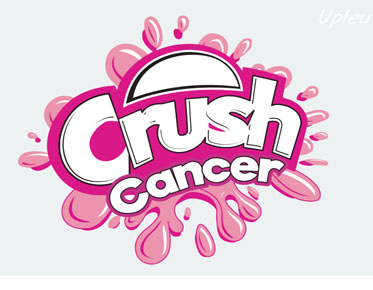Unlocking the Potential of Vector Conversion: Handling Transparency and Alpha Channels
In the world of digital imaging, the
conversion of bitmap to vector art is a common practice that broadens the
horizons of creativity and flexibility. However, handling transparent
backgrounds and alpha channels during conversion requires a special touch. This
article takes a comprehensive look at how vector art conversion services, including those offered by Eagle Digitizing,
approach transparency and alpha channels in bitmap images.
1. Understanding Bitmap Images and Vector Art
Bitmap Images: A Pixel-Based World
Bitmap or raster images are composed of
individual pixels. Each pixel carries information about color and opacity. The
latter is where alpha channels come into play, representing the level of
transparency in bitmap images. This means that bitmap images can have complex
transparency features such as gradients.
Vector Art: The Universe of Paths
In contrast to bitmap images, vector art is constructed using
mathematical formulas that define paths and shapes. Because vector images are
not built on pixels, they can be resized infinitely without loss of quality,
but do not natively support pixel-based features such as alpha channels.
2. The Conversion Process: How Transparency and Alpha Channels are Handled
Dealing with Transparent Backgrounds
During the conversion process, vector conversion services can preserve
the transparency of bitmap images by leaving the areas devoid of any color or
filling them with a color that represents transparency.
Tackling Alpha Channels
Handling alpha channels is more challenging
for vector art conversion because of
the inability to represent gradient transparency natively. However,
professional services like Eagle Digitizing utilize innovative techniques such
as gradient meshes or complex layering to simulate the effect of alpha
channels.
3. Eagle Digitizing: Elevating Vector Conversion
Eagle Digitizing, a renowned name in the field, provides specialized vector art conversion services that can skillfully handle transparent backgrounds and emulate alpha channels. Through their expertise, they can convert bitmap images into vector art while maintaining the visual integrity of the original image, even when complex transparency features are involved.
Conclusion
The conversion of bitmap images to vector art
is a powerful tool in the realm of digital design. Though vector formats have
limitations in handling transparency and alpha channels due to their
non-pixel-based nature, professional vector art services like Eagle Digitizing employ advanced techniques to
ensure that the essence of the original image is captured and preserved.
Through a combination of experience and innovation, Eagle Digitizing bridges
the gap between the pixelated world of bitmap images and the scalable universe of
vector art.
FAQs
1. What are some common uses of vector art
conversion?
Vector art conversion is widely used in logo
design, graphic illustrations, large format printing, and any application where
scalability without loss of quality is essential. Eagle Digitizing, for
example, offers services that are often used by businesses looking to create
brand logos or promotional materials.
2. Why choose a professional service like
Eagle Digitizing for vector art conversion?
A professional service like Eagle Digitizing
brings expertise, precision, and a range of specialized tools to the table.
This ensures not just a conversion, but a carefully crafted vector
representation of the original bitmap image that maintains quality and visual
integrity, especially when handling complex features like transparency and
alpha channels.
3. Can vector art conversion perfectly
replicate the transparency effects of bitmap images?
While vector art conversion services like
Eagle Digitizing use advanced techniques to simulate transparency and alpha
channels, it’s important to understand that perfect replication is not always
possible due to the inherent differences between bitmap and vector formats.
However, professionals can achieve a close approximation that maintains the
visual essence of the original image.



